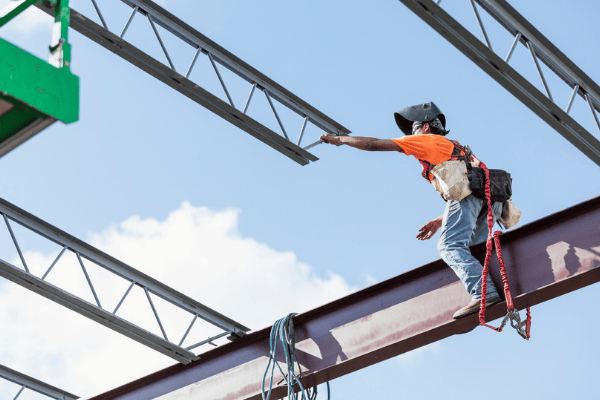Changes in height safety standards aim to reduce workplace fatalities

Falls from height remain one of the most serious risks on Australian worksites, with nearly 30 workers losing their lives in 2023. These incidents accounted for around 15% of all workplace fatalities, making falls the second leading cause of death at work after vehicle-related incidents. The construction sector alone accounted for 45% of these cases.
In response, two key standards – AS 5532 and AS/NZS 1891.4 – have been revised to address these issues and improve safety outcomes.
AS 5532 covers manufacturing requirements for a single-point anchor device used for harness-based work at height. Previously, the standard did not support installation on a wider range of structures. The revision also helps reduce risks such as swing falls and free falls and supports more sustainable practices.
AS/NZS 1891.4 covers industrial fall-arrest systems and devices, and provides updated guidance on selecting, using and maintaining fall-arrest equipment like harnesses. The updates to the standard help designers, managers and users make informed decisions based on the latest industry practices and testing standards. This reduces the risk of using incorrect or outdated equipment and improves safety for workers. An important note on the revision is that there is no extra cost for users. While training materials may be revised to reflect the new guidance, no additional training beyond current requirements is expected.
